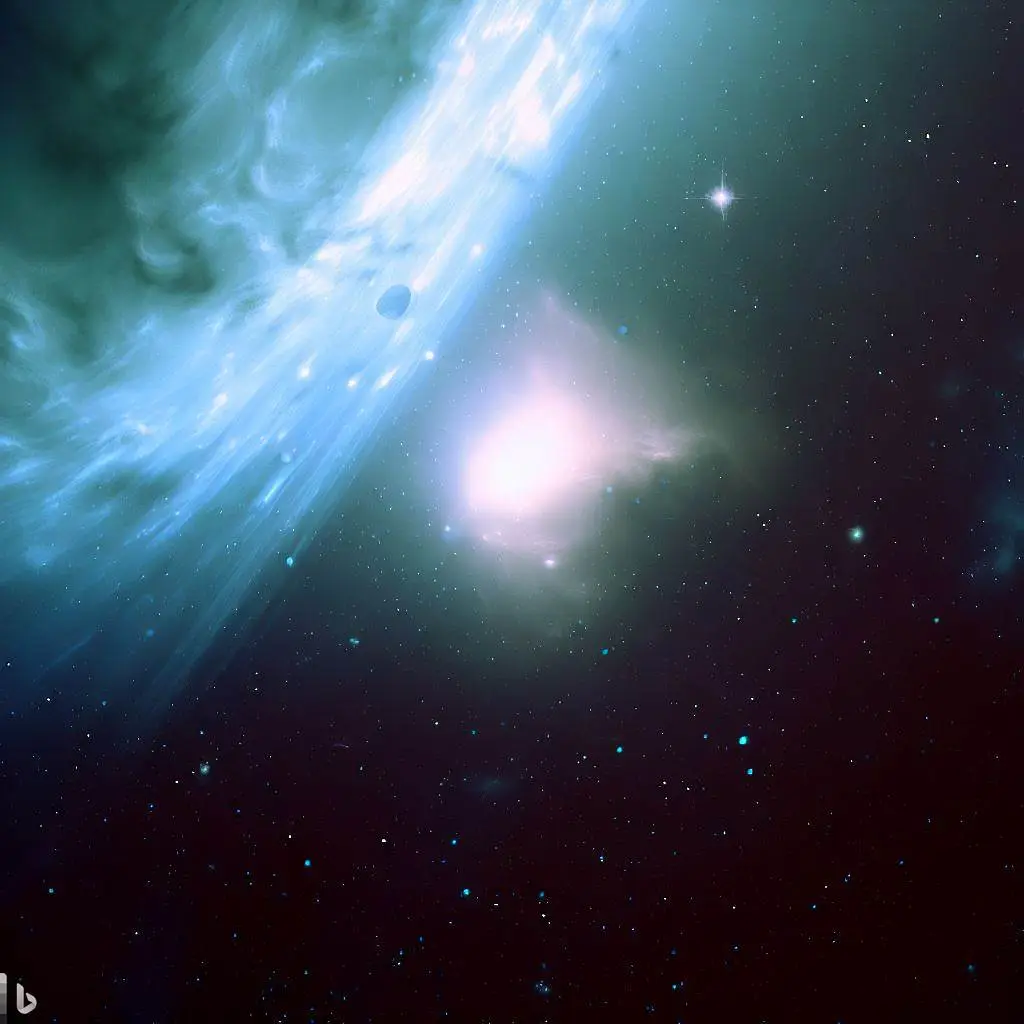Cape Canaveral, FL August 28, 2024 In a remarkable feat of engineering, SpaceX’s Falcon 9 rocket achieved a new reusability milestone today, although the mission was marred by an unexpected landing mishap. The rocket, designated for its 23rd flight, launched 21 of SpaceX's Starlink satellites into low Earth orbit from Cape Canaveral Space Force Station at 3:48 a.m. EDT (0748 GMT).
Setting a New Record
The Falcon 9 rocket’s first stage made history by surpassing its previous reusability record, marking its 23rd mission. This achievement underscores SpaceX's advancements in rocket reusability, a concept that was once considered a distant dream. The rocket successfully deployed the Starlink satellites into their intended orbit, continuing SpaceX's mission to provide global high-speed internet coverage.
Landing Mishap
Despite the successful deployment of the satellites, the landing of the rocket's first stage did not go as planned. The booster made a controlled descent and touched down on SpaceX's drone ship stationed in the Atlantic Ocean approximately 8.5 minutes after launch. However, shortly after landing, the rocket tipped over. Footage from the landing site showed flames erupting from the base of the rocket just before it toppled.
The incident was particularly striking given SpaceX’s track record of successful landings. Prior to this mission, the company had achieved 267 consecutive successful landings of Falcon 9 and Falcon Heavy rockets, according to Chris Bergin of NASASpaceflight. This string of successes had made rocket landings a regular occurrence rather than a rare event.
Historical Significance
The Falcon 9 rocket involved in today’s launch, known as B1062, was a veteran of the space industry. Out of its 23 missions, 16 were dedicated to launching Starlink satellites. Additionally, the rocket played a crucial role in two pioneering crewed missions: Inspiration4, the first orbital mission with an entirely non-professional crew, and Ax-1, the first all-private astronaut mission to the International Space Station.
Following today’s mishap, SpaceX has yet to officially declare the booster as out of commission. The company has stated that it is currently reviewing the flight data and assessing the status of the rocket. Meanwhile, Sian Procter, a pilot of the Inspiration4 mission, took to social media to bid farewell to the booster. In a post on X, Procter wrote, “Our @SpaceX @inspiration4x booster (B1062) is no longer operational. Thank you for your service and the out-of-this-world memories! RIP.”
Impact on Upcoming Missions
Today’s events had a ripple effect on SpaceX’s schedule. The company had also planned a Starlink launch from California’s Vandenberg Space Force Base early this morning. However, this launch was postponed to address the landing issue with the Falcon 9 booster.
SpaceX had originally intended to launch another mission, Polaris Dawn, at 3:38 a.m. EDT (0738 GMT) today. This private astronaut mission, commanded by billionaire entrepreneur Jared Isaacman, was set to mark the first-ever private spacewalk. However, the launch was scrubbed due to unfavorable weather conditions. SpaceX has yet to announce a new launch date, with the mission now unlikely to proceed before Friday, August 30.
Conclusion
SpaceX's Falcon 9 rocket has once again demonstrated its prowess in achieving new records for reusability, pushing the boundaries of spaceflight. Despite the landing mishap, the successful deployment of the Starlink satellites represents a significant step forward in SpaceX's mission to enhance global internet connectivity. The company’s commitment to assessing and improving its technology remains unwavering as it continues to navigate the challenges of space exploration.









Add a Comment: